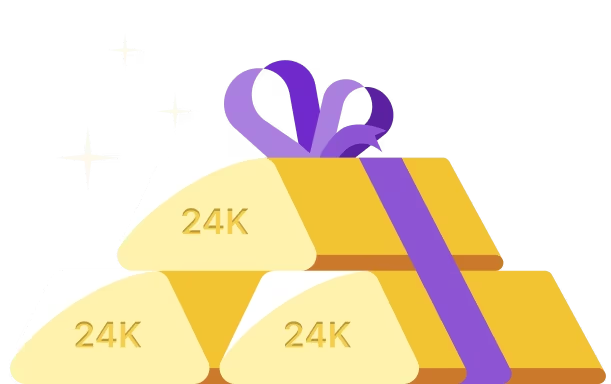The EMD full form is Earnest Money Deposit. It is a sum of money that a buyer or bidder pays to a seller or an authority as a sign of genuine interest in purchasing a product, property or service.
This deposit acts as a financial commitment to show that the buyer intends to complete the transaction. The amount is usually refundable if the buyer does not win the bid or the deal does not move forward for valid reasons.
What Does it Mean?
The EMD meaning can be understood as a financial assurance provided by the buyer to the seller. It protects the seller from losses that may occur if the buyer backs out after the bidding or negotiation process.
This concept is widely used in real estate, government tenders and auctions.
How Does Earnest Money Deposit Percentage Work?
The earnest money deposit percentage varies based on the type of transaction. In real estate deals, it can range from 1% to 3% of the total property value, while in government tenders, it may go up to 10%.
The amount is usually mentioned in the tender or contract documents. Once the deal is finalised, the deposit is adjusted against the total payment or refunded as per the agreement.
Consider a government tender worth ₹10 lakh. The tender document specifies that bidders must submit 5% of the project value as an Earnest Money Deposit.
In this case, the bidder will deposit ₹50,000 as EMD while submitting the bid. If they win, the amount may be adjusted later; if not, it will be refunded.
EMD SchemeThe EMD scheme is designed to ensure fair competition and commitment among participants. It discourages non-serious bidders and maintains transparency in the selection process.
Whether in business contracts or property deals, EMD plays an important role in building trust between parties.










